√100以上 horten ho 229 smithsonian 352888-Horten ho 229 smithsonian
The Horten Ho 229 was a lateWorld War II prototype flying wing fighter/bomber It is the first pure flying wing powered by a turbojet, and has been described by some as the first aircraft designed to incorporate stealth technology Brothers Reimar and Walter Horten built the world's first jetpowered "flying wing" – an aircraft without tail or The Horten HO 229 The Horten Brothers Even by today's standards, the Horten HO229 looks unconventional In fact, to the uninitiated, they might mistake the aircraft for a topsecret futuristic fighter People's impressions of World War II planes are mostly piston powered propeller aircrafts But like many of Hitler's Wonder Weapons, theSmithsonian's National Air and Space Museum Washington, DC, United States In 1943 the allwing and jetpropelled Horten Ho 229 ('aitchohtwotwonine') promised spectacular performance and the German air force (Luftwaffe) chief, Hermann Göring, allocated halfamillion Reich Marks to the brothers Reimar and Walter Horten to build and fly several

Here S How Close Nazi Germany Came To Making A Stealth Bomber
Horten ho 229 smithsonian
Horten ho 229 smithsonian-Unrestored Horten Ho 229 at the Smithsonian Institution's Garber Restoration Facility, by Michael Katzmann 3,072 × 2,252Secret Fighter Book ;



The Horten 229 V3 Flying Wing Amazing Image Collection
Horten Ho 229 Spirit of Thuringia The Horten AllWing Jet Fighter Russell Lee Russell an author, pilot, and expert on flying wings In addition he is also a curator at Ultralight Aircraft Exhibits Station and AmateurBuilt Aircraft Exhibits Station at the Steven F UdvarHazy Center Without his help it would be impossible to identify various controls on the cockpitWhat the Smithsonian has is the nevercompleted Ho IX V3 built by Gotha This was the Horten Ho 229 Designed to meet a need from Hermann Goring that called for a light bomber and fighter, the Ho 229 would become one of the most remarkable discoveries of the entire conflict The Flying Wing Design via Wikipedia Google the Ho 229 and you will be greeted by a remarkablelooking aircraft with a flying wing
In 1943 the allwing and jetpropelled Horten Ho 229 ('aitchohtwotwonine') promised spectacular performance and the German air force (Luftwaffe) chief, Hermann Göring, allocated halfamillion Reich Marks to the brothers Reimar and Walter Horten to build and fly several prototypesWhen the H IX became an official Luftwaffe experimental project, it became known as the Ho 229 and each prototype received a Versuch (test or experiment) subdesignation, abbreviated V, and followed by a number, as in Ho 229 V1 for the first prototype Horten jet wing The third prototype was designated the Ho 229 V3 In September 1944, Göring One such legend was the Ho 229's stealth capability It was fueled by the aircraft's unique design—a cross between a "Star Wars" Snowspeeder and U2 Spy Plane with its wings bent back at a sharp
Horten Ho 229 V3 prototype at the Smithsonian's Garber restoration facility (National Air and Space Museum) Rear view of Horten Ho 229 prototype FileHorten Ho 229 Restoration Hanger Smithsonianjpg Horten Ho 229 at the Mary Baker Engen Restoration Hangar in VA with detached plywood wings HIX V1 First prototype, an unpowered glider, one built andHorten Ho 229 V3 prototype at the Smithsonian's Garber restoration facility (National Air and Space Museum) Rear view of Horten Ho 229 prototype Horten Ho 229 at the Mary Baker Engen Restoration Hangar in VA with detached plywood wings HIX V1 First prototype, an unpowered glider, one built and flown (threeview drawing above) HIX V2 FirstFig 1 The Horten Ho 229 V3 (plywood, wood, adhesives, ferrous alloy, aluminum alloy, and paint 274 cm height, 762 cm length, 304 cm wide, with a 554 wingspan, constructed 1945 (NASM A1960 0324 000) (Courtesy of Eric Long, National Air and Space Museum, Smithsonian Institution)
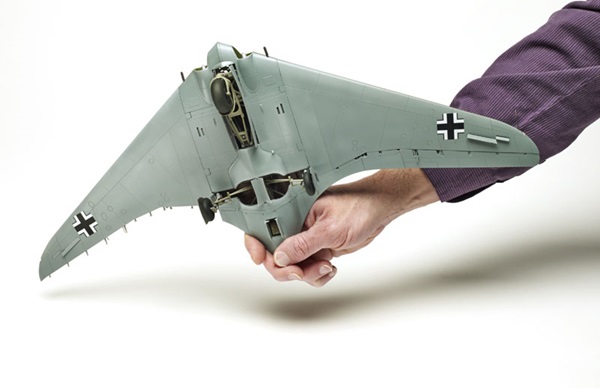



Zoukei Mura 1 32 Scale Horten 229 Finescale Modeler Magazine




Zoukei Mura Horten Ho 229 1 48 Build Review Scale Modelling Now
Interview with a preservationist at the Smithsonian UdvarHazy National Air and Space Museum who is in the process of restoring the NAZI Horten H0 229 "flyinFile usage on Commons;Nazi Stealth Fighter Prototype Horten 229 V3 Housed at the Smithsonian National Air and Space Museum in Suitland, Maryland 875 X 653



2
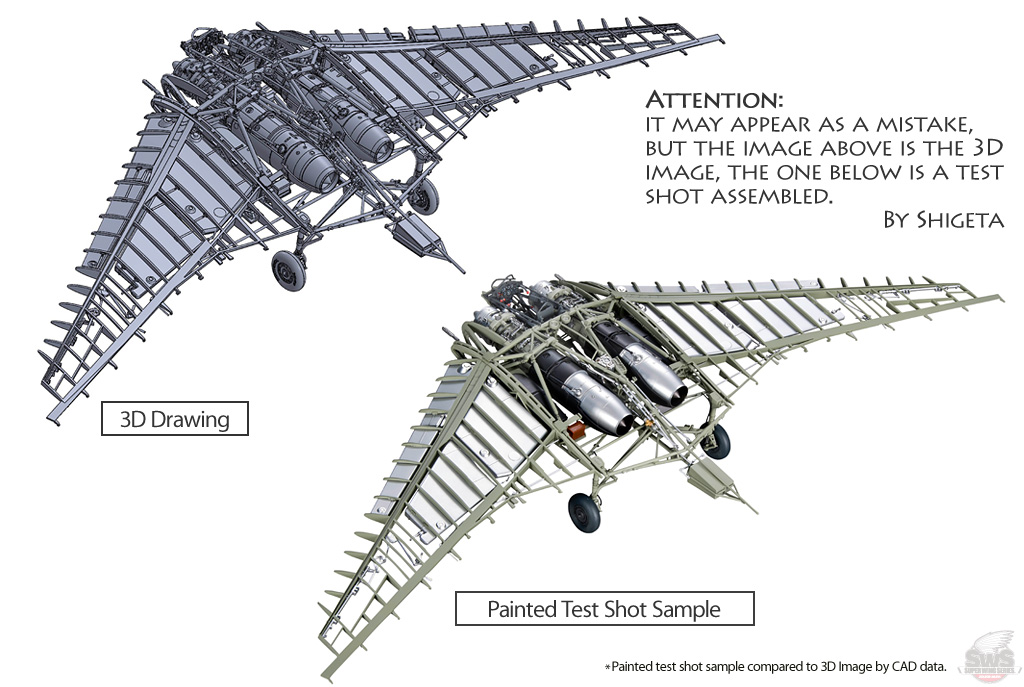



The Old Man Blog No 052 Development Status For Sws Horten Kit Part2 Zoukei Mura
No copyright intended Uploaded for educational and research purposes only! The Horten Ho 229 is generally known by a few unique names The plane was called the HIX, by the Horten Brothers The identity Ho 229 had been given to the plane by the German Ministry of Aviation Sometimes, it was also called the Gotha Go 229, because Gothaer Waggonfabrik was the name of the German maker who manufactured the plane Die Horten Ho 229 V3 ist eines der spektakulärsten Flugzeuge des Zweiten Weltkriegs, dabei kam sie nie zu einem echten Einsatz Die Horten vereinte zwei für die damalige Zeit revolutionäre



Horten Ho 229 V3 National Air And Space Museum




Horten Ho 229 V3 Flying Wing In National Air And Space Mus Flickr
Die Horten Ho 229 V3 ist eines der spektakulärsten Flugzeuge des Zweiten Weltkriegs, dabei kam sie nie zu einem echten Einsatz Die Horten vereinte zwei für die damalige Zeit revolutionäreHorten Ho 229 V3 National Air and Space Museum8th Army Air Force Color;




The Last Ho 229 Youtube




Went To The Smithsonian Recently And Noticed That They Made Extra Room Back By The Horten Ho 229 And He 219 By Closing Off An Area Where You Used To Be Able
Horten Ho 229 Smithsonian front Horten H IX – Wikipedia Rumpf der Ho IX V3 in der Smithsonian Institution Garber Restoration Facility (00)Rechtlicher Hinweis Die Verantwortung der hier angezeigten Bilder liegt beimHorten Ho 229 V3 Smithsonian's National Air and Space Museum Washington, DC, United States In 1943 the allwing and jetpropelled Horten Ho 229 ('aitchohtwotwonine') promised spectacular performance and the German air force (Luftwaffe) chief, Hermann Göring, allocated halfamillion Reich Marks to the brothers Reimar and Walter Horten to




Small Wonder Media National Air Space Museum Udvar Hazy Center Horten Ho 229 V3




T2 490 Horten Ho 229 V3 This Is The Only Surviving World W Flickr
A Horten HIV flying wing glider is in the Planes of Fame museum in Chino, California The only surviving Ho 229 airframe, the V3, is at the Smithsonian National Air and Space Museum's Paul E Garber Restoration Facility in Suitland, Maryland In December, 11, the National Air and Space Museum had moved the Ho 229 into the active restoration area ofH IX war die Bezeichnung der ersten beiden Prototypen Das Reichsluftfahrtministerium (RLM) vergab für die Serienproduktion die Nummer 29, wobei die 8 eine Codenummer für Flugzeuge im Allgemeinen war Teilweise wird auch die Bezeichnung Gotha Go 229 – nach der vorgesehenen Produktionsfirma Gothaer Waggonfabrik – verwendetHorten Ho 229, ofte kalla Gotha Go 229, var eit av dei mest eksepsjonelle og avanserte flya utvikla under 2 verdskrigFlyet vart utvikla av Tyskland, og prosjektet vart starta i 1942 av Gothaer Waggonfabrik Flyet var ei flygande venge, mykje lik det moderne B2, og var det fyrste i sitt slag i verdaDet hadde nokre av dei beste eigenskapane på fly til da innanfor




Horten Ho 229 Wikiwand




Ipms Nederland Walk Around Horten Ho 229
In a detailed examination of the Horten Ho 229's layered plywood surface, Smithsonian conservators used an electron microscope and a variety of special devices, looking for any kind of coating They didn't find anything "As the conservators started to take the aircraft apart and study every component and assess whether there was anyKonservierung der Horten 229 Eines der sicherlich seltensten Flugzeuge des zweiten Weltkriegs – die Horten 229 – wurde im September 17 erstmals der Öffentlichkeit zugänglich gemacht Derzeit befindet sich der erste strahlgetriebene Nurflügler der Welt im Smithsonian Air and Space Museum, im UdvarHazy Center am Dulles InternationalFile usage on other wikis;



Horten Ho 229 V3 National Air And Space Museum




Horten Ho 229 Spirit Of Thuringia The Horten All Wing Jet Fighter Shepelev Andrei Ottens Huib Books Amazon
The Smithsonian's National Air and Space Museum, citing the RLM designation, calls a major artifact in its collection that is about to undergo serious conservation a Horten 229 This despite the fact that no production Horten 229 ever existed; The Horten Ho 229 is often classified as a "stealth aircraft," and it is true that the Horten brothers had been correct that the flying wing concept would make it less visible to radar than a conventional aircraft of its size It would have had only about 80 percent of the visibility presented by a fighter such as the Messerschmitt Bf 109 despite having a largerThe Horten HIX, RLM designation Ho 229 (often, and wrongly, called Gotha Go 229 because of the identity of the chosen manufacturer of the aircraft) was a German prototype fighter /bomber designed by Reimar and Walter Horten and built by Gothaer Waggonfabrik late in World War II It was the first pure flying wing powered by jet engines
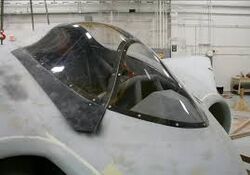



Horten Ho 229 War Thunder Wiki Fandom



1
Horten Ho 229 Smithsonian Front Bewertung 0 Sterne 0 Wertung(en) 0 Kommentare Anzeige Stichwörter zu diesem Foto Bildinformationen Aufrufe 140 Autor olivermarc Originalmaße 3072px * 2252px Was möchtest du tun?Horten Ho 229 The Horten HIX, RLM designation Ho 229 (often called Gotha Go 229 because of the identity of the chosen manufacturer of the aircraft) Variants in War Thunder, Horten HIX Picture of the War Thunder Was a German prototype fighter/bomber designed by Reimar and Walter Horten and built by Gothaer Waggonfabriklate in World War IIDieser wird zur Zeit im Steven F UdvarHazy Center (Smithsonian National Air and Space Museum) in Virginia restauriert Somit kam die Horten Ho 229, geschweige denn eine Horten Ho 229A1, nie zum Einsatz Während die Bezeichnung Horten H IX noch für die Versuchsmuster verwendet wurde, wäre die Bezeichnung „Horten Ho 229" für die




تويتر The Shadow Of The Eagle على تويتر Horten Ho 229 At Smithsonian Va Aviation Germany Avgeek Tech Ancientsubhunt Military Airplane T Co Hrdnxa2rjr



The Horten 229 V3 Flying Wing Amazing Image Collection
The center section of one of the most unusual aircraft of World War II The aircraft has always intrigued aviation fans But after a 09 National Geographic Channel specialAnswer The Horten Ho 229 was designed by Reimar and Walter Horten Horten Ho 229 In 1933 the Horten brothers developed their first flying wing glider, the Horten H I With this glider they won a prize in the 1934 Rhön competition for their constructive solution as flying wing gliders HortenHorten 229, Ho 229, Horten229org Horten 229 V3 now on public display at the Smithsonian UdvarHazy Center This website was established in 17 raising money to attach the wings Horten229org Horten229org Home Out in the Open How you can help Store Horten 229 V3 Plans;




Horten Ho 229 Bomber The Motor Pool Blog




Up Close And Personal With The Horten Ho 229 While It S On Horten Horten Ho 229 Historical
Size of this preview 800 × 450 pixels Other resolutions 3 × 180 pixels 640 × 360 pixels 1,024 × 576 pixels 1,280 ×Rights go to their respective ownersSupport us on Patreon We Love VideoBlocksIn 1943 the allwing and jetpropelled Horten Ho 229 ('aitchohtwotwonine') promised spectacular performance and the German air force (Luftwaffe) chief, Hermann Göring, allocated halfamillion Reich Marks to the brothers Reimar and Walter Horten to build and fly several prototypes




Horten Ho Ix Gotha Go 229 Horten Ho 229 Horten Vintage Aircraft




Steven F Udvar Hazy Center 18 God Istrebitel Bombardirovshik Horten Ho 229 On Zhe Go 229
A $40,000 grant request was written by Smithsonian AIr and Space to conserve and attach the wings to the Horten 229 however a funder for the work was never found while work continued on the center section To the left are the wings in the UdvarHazy restoration hanger in July of 17 before they went on public display FileHorten Ho 229 Restoration Hangar Smithsonianjpg From Wikimedia Commons, the free media repository Jump to navigation Jump to search File;Horten H 9 (IX) Das erste Tarnkappenflugzeug als Nurflügler (auch Horten Ho 229 o Gotha Go 229 genannt) Werbung Flugzeuge und Hubschrauber im Air and Space MuseumWashington DC Smithsonian Institution Die von 2 Strahltriebwerken angetriebene Horten H IX (9) war die konsequente Weiterführung des Nurflügelkonzeptes der Gebrüder




Here S How Close Nazi Germany Came To Making A Stealth Bomber



Horten Ho 229 Aircraft
One example was the Horten Ho 229 which was developed by Reimar and Walter Horten, advocates of tailless 'flyingwing' designs and built by the Gotha works in 1944 The German Air Ministry wanted a bomber capable of carrying a 1000kg (lb) bomb a distance of 1000km (6mls) at 1000km/hr (6mph)Horten Ho 229 Ho 229 World Heritage Encyclopedia, the aggregation of the largest online encyclopedias available, and the most definitiveThe Horten Brothers also experimented with radar absorbent materials consisting of carbon particles mixed in the wood glue The only surviving Ho 229 airframe, the V3—and the only surviving World War IIera German jet prototype still in existencehas been moved to the Smithsonian National Air and Space Museum's Seven F UdvarHazy center and is on




The Horten Ho 229 Was An Experimental Flying Wing Turbojet Powered Fighter Bomber Developed By The Germans During World Wa Nycaviation Scoopnest
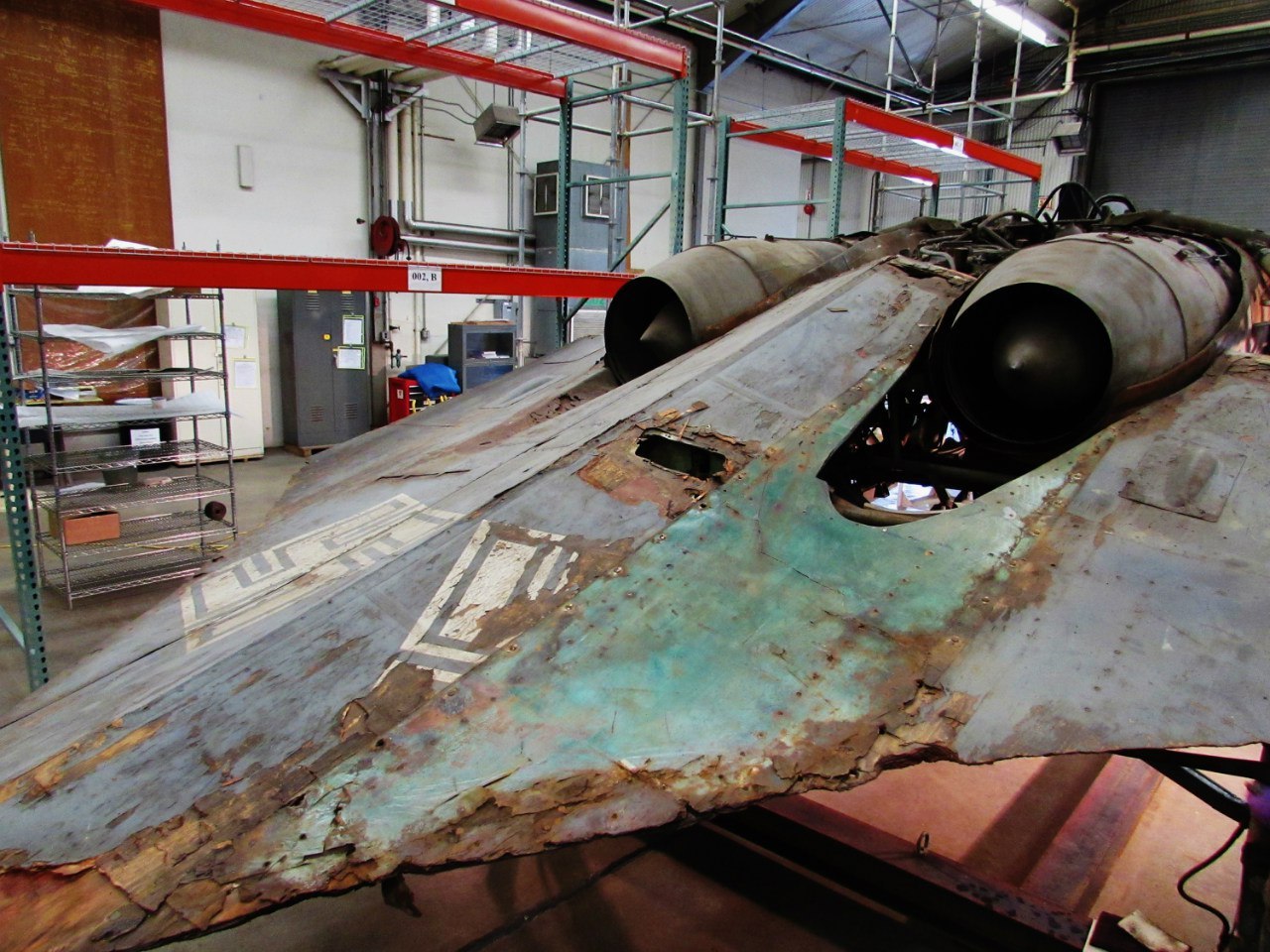



Horten Ho 229 V3 Pikabu
Specification Applies to the Gotha Go 229, derived from the Horten HIX Measuring 24 ft 6 1/8in (747 m) long, with a wingspan of 55 ft 0 3/8 in (1678 m), The 229 had a loaded weight of 18,743 lb (8,500 kg), maximum speed of 621 mph (1,000 km/h) at ,000 ft (6,100 m) and a landing speed of 81 mph (130 km/h) References The Ho 229 229 (also referred to as the Horton IX, or Gotha 229 – Gotha were involved in its later design) was an attempt by the German's to counter the allied bombing with a high performance jet powered flying wing Only a few prototypes were built, the jet powered V2 flew, but crashed on its third flight killing the test pilot Erwin Ziller I was able to take some of the Horten Ho 229 The Ho 229 229 (also referred to as the Horton IX, or Gotha 229 – Gotha were involved in its later design) was an attempt by the German's to counter the allied bombing with a high performance jet powered flying wing Only a few prototypes were built, the jet powered V2 flew, but crashed on its third flight




Ipms Nederland Walk Around Horten Ho 229




Twitter 上的national Air And Space Museum Horten Ho 229 V3 Is Made Mostly Of Wood Http T Co Zc7qajb9x5 Openuhc15 W Curator Russ Lee Http T Co Tzpqw1uhlp Twitter
Horten 229 V3 now on public display at the Smithsonian UdvarHazy Center Pictures of the Horten 229 conservation and raising funds to conserve and finally attach the wings Horten 229, Ho 229, Horten229org Randall Good Book Buyers Public Display Air And Space Museum Vintage Airplanes 17 Photos Number Two How To Raise Money




Fe 490 Horten Ho 229 V3 Germany Air Force Arjun Sarup Jetphotos




Horten Ho 229 Spirit Of Thuringia The Horten All Wing Jet Fighter Shepelev Andrei Ottens Huib Books Amazon
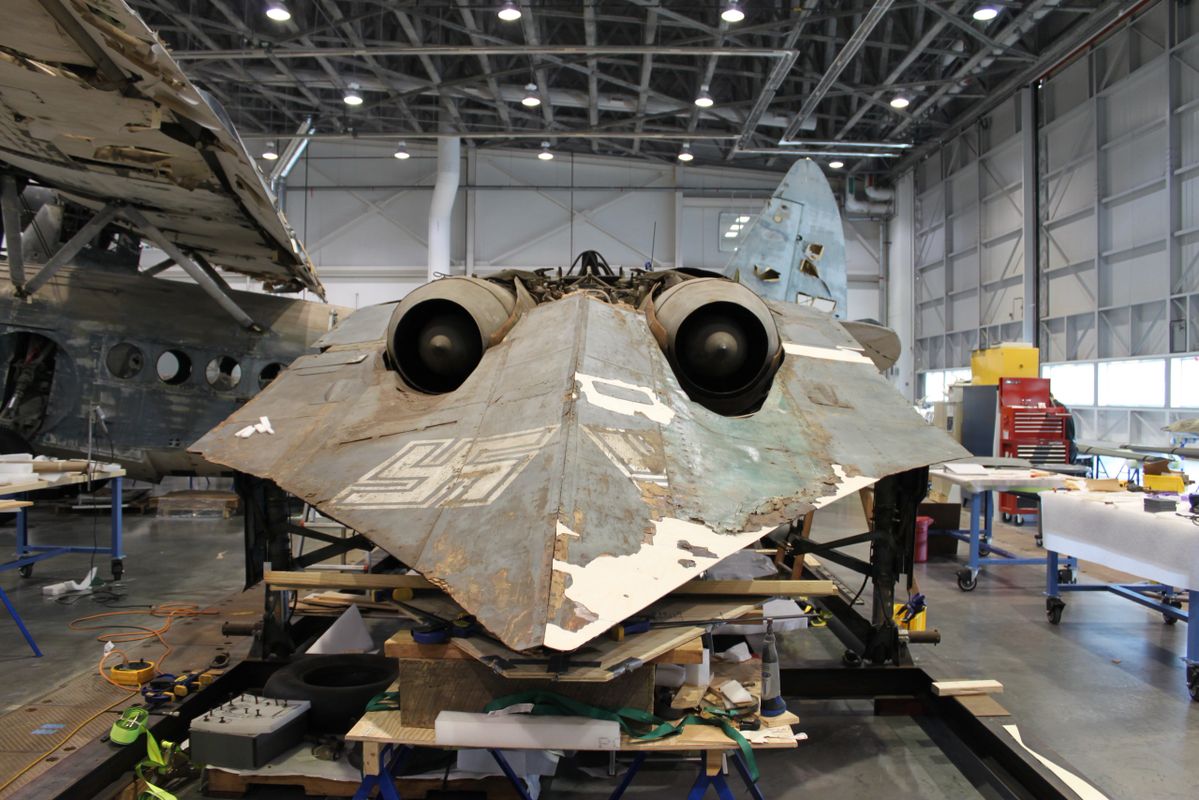



Horten 229 Ho 229 Horten229 Org Horten229 Org




Aircraft Nut Horten Ho 229 Flying Wing




Horten Ho 229 Flying Wing Personal Favorite Of Hermann Goring And The Center Of Conspiracy Theories Concerning Nazi Flying Saucers
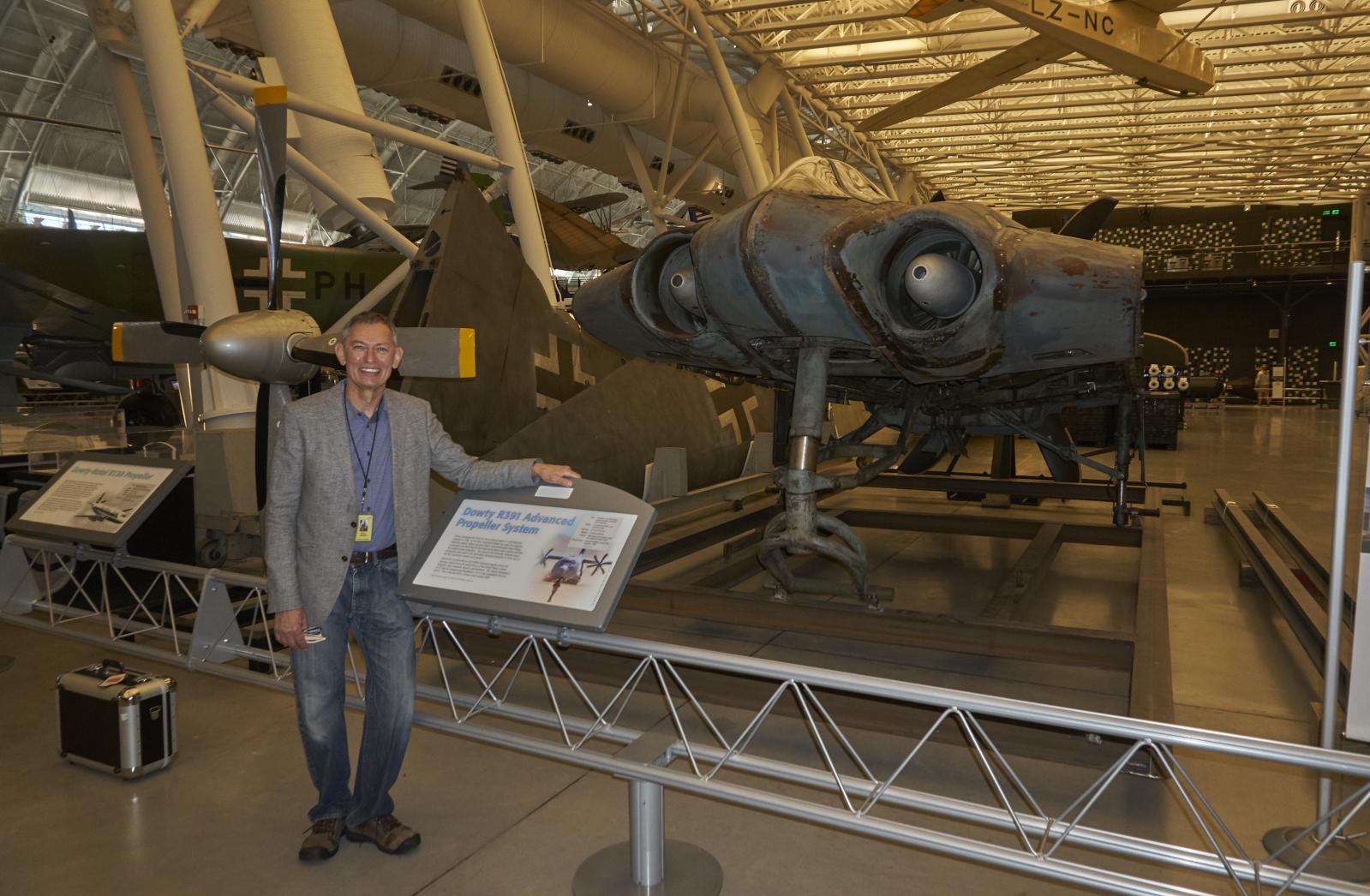



My Day At The National Air And Space Museum Ho 229 Smithsonian Imodeler




Horten Ho 229 V3 National Air And Space Museum
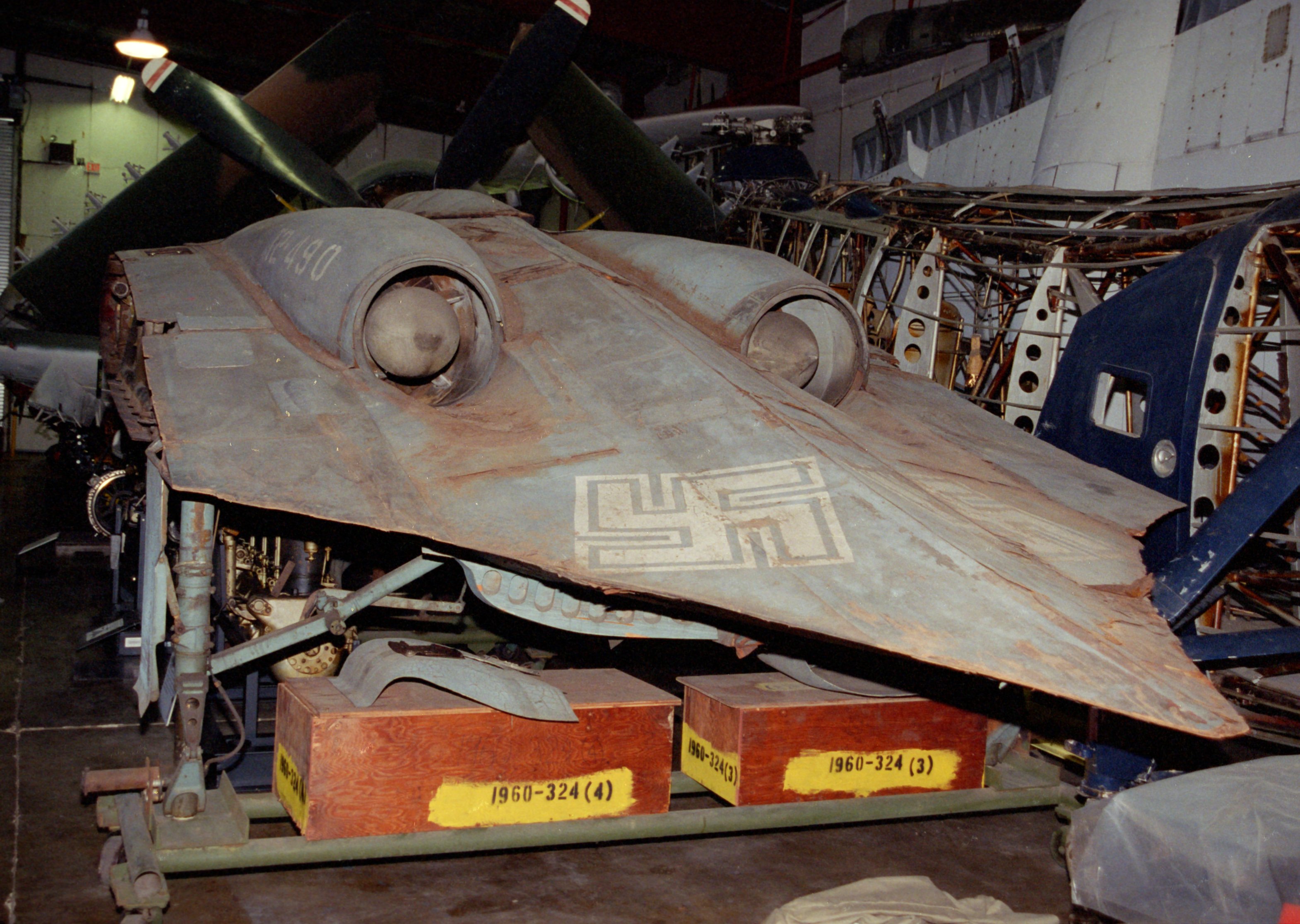



File Horten Ho 229 Smithsonian Rear Jpg Wikimedia Commons



Horten Ho 229




1 72 Horten Gotha Go 229 Flying Wing Prototype Fighter Bomber Luftwaffe 1945 Smithsonian National Air And Space Museum
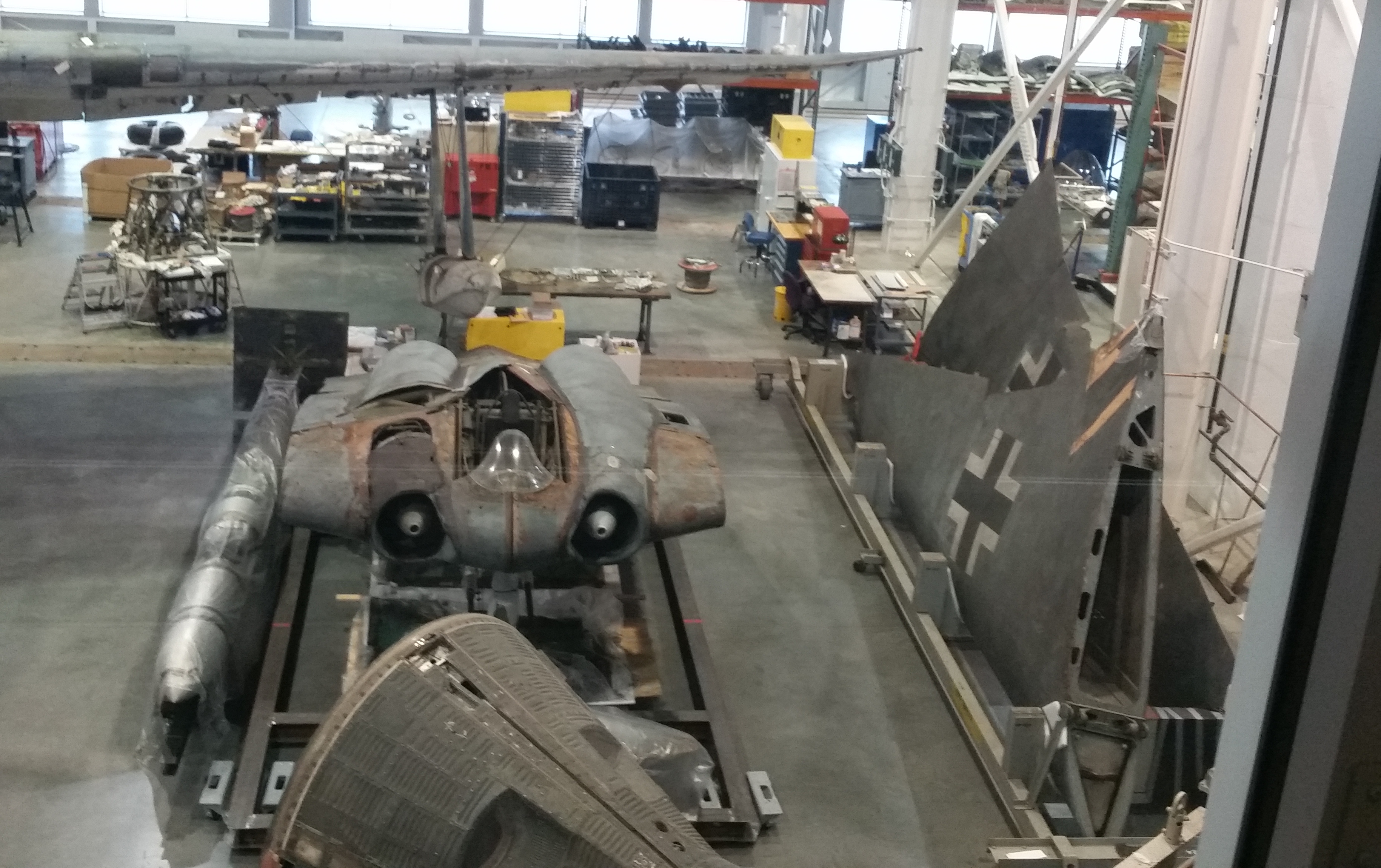



File Horten Ho 229 Restoration Hangar Smithsonian Cropped Jpg Wikimedia Commons
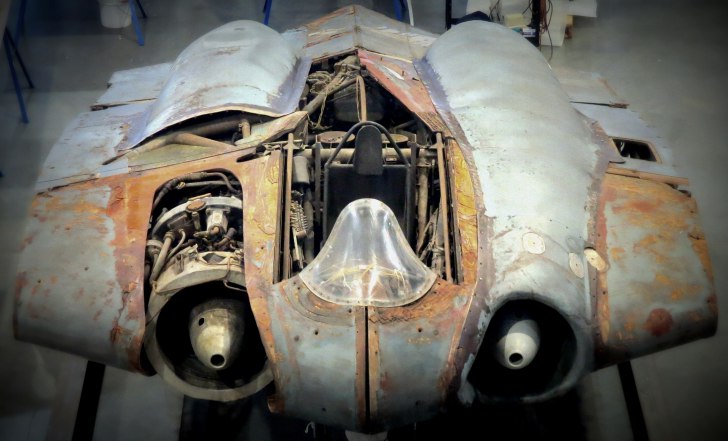



The Only Surviving Horten Ho 229 Hitler S Stealth Fighter




Horten Ho 229 V3 National Air And Space Museum




Front Of Horten Ho 229 V3 Flying Wing During World War Ii Flickr
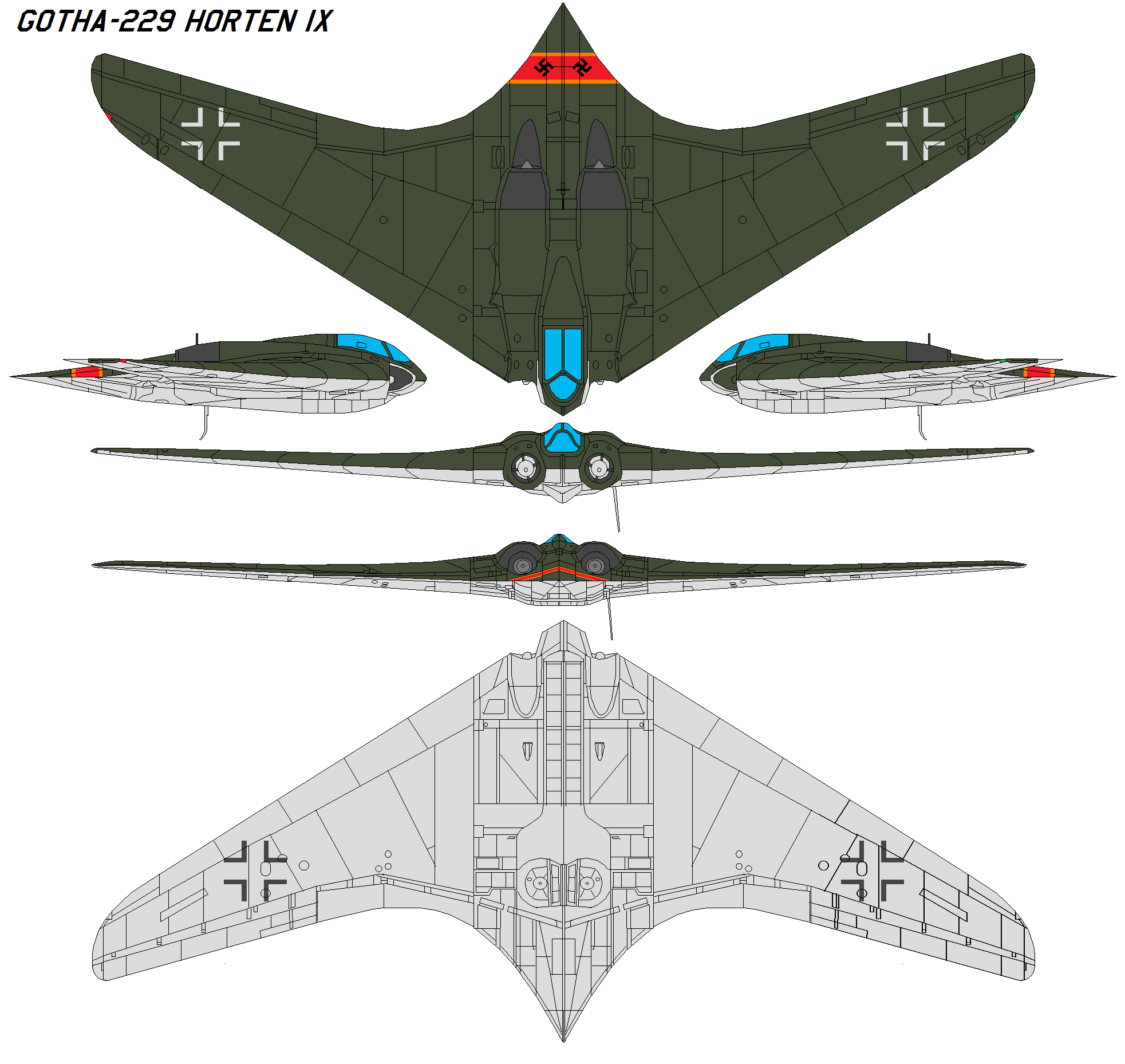



Gotha 229 Horten Ix By Bagera3005 On Deviantart



Was The Horten Ho 229 Actually Flyable Considering The West Never Mastered The Art Of Flying Wing Till The B2 And The Northrop Flying Wings Were Virtual Widow Makers Quora
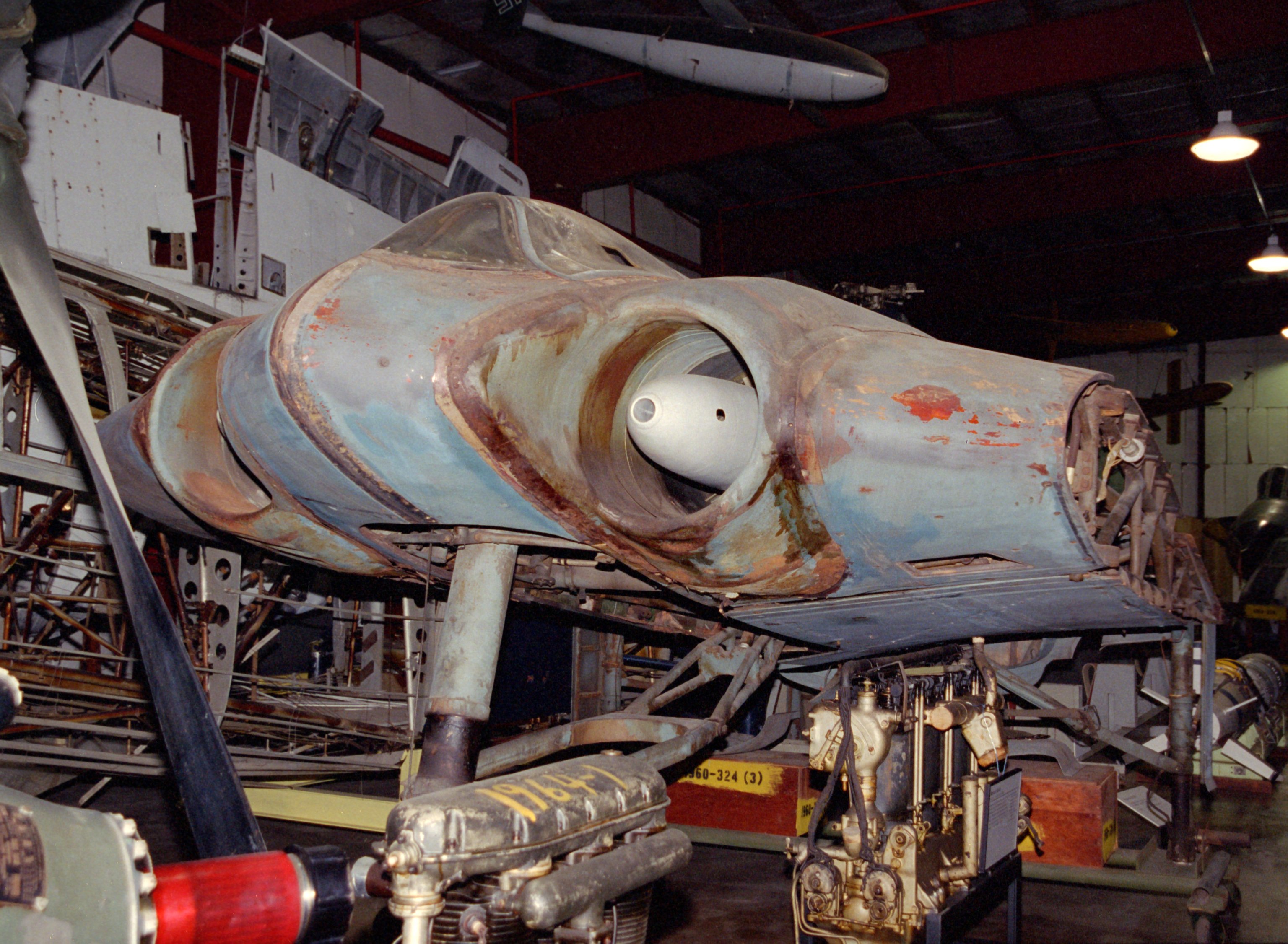



File Horten Ho 229 Smithsonian Front Jpg Wikimedia Commons




Horten Ho 229 V3 National Air And Space Museum




Explore The Best Ho229 Art Deviantart



The Horten 229 V3 Flying Wing Amazing Image Collection




تويتر The Shadow Of The Eagle على تويتر Horten Ho 229 At Smithsonian Va Aviation Germany Avgeek Tech Ancientsubhunt Military Airplane T Co Hrdnxa2rjr




Horten Ho 229 German Stealthy Fighter Bomber Aircraf Paperlessarchives Com




World War Ii In Pictures Horten Flying Wing
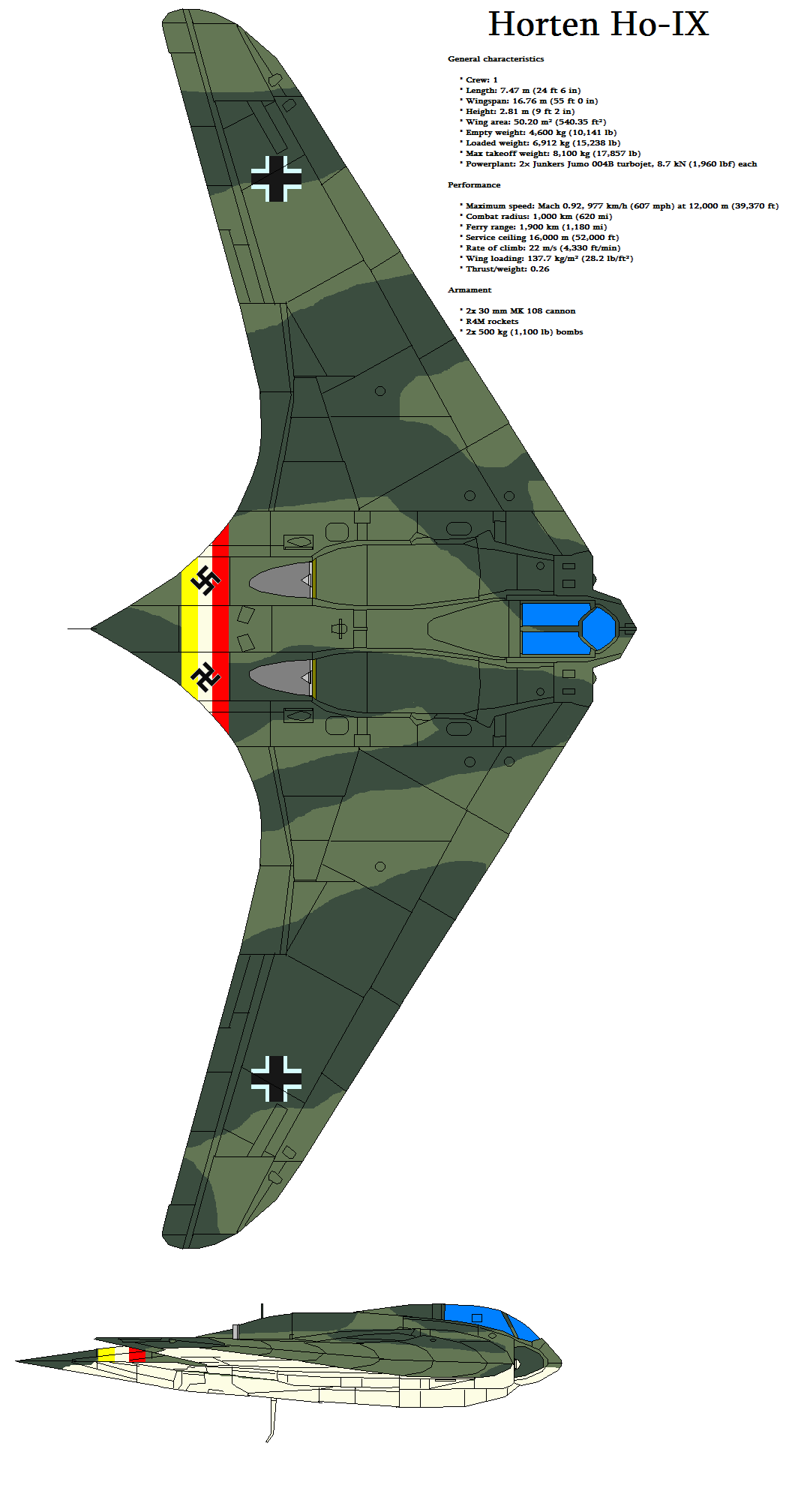



Horten Ho 229 Flying Wing By Bagera3005 On Deviantart




Horten Ho 229 Horten Ho 229 Aircraft Design Horten




Nasm Restoration Center To Hold Open House On January 30th 16
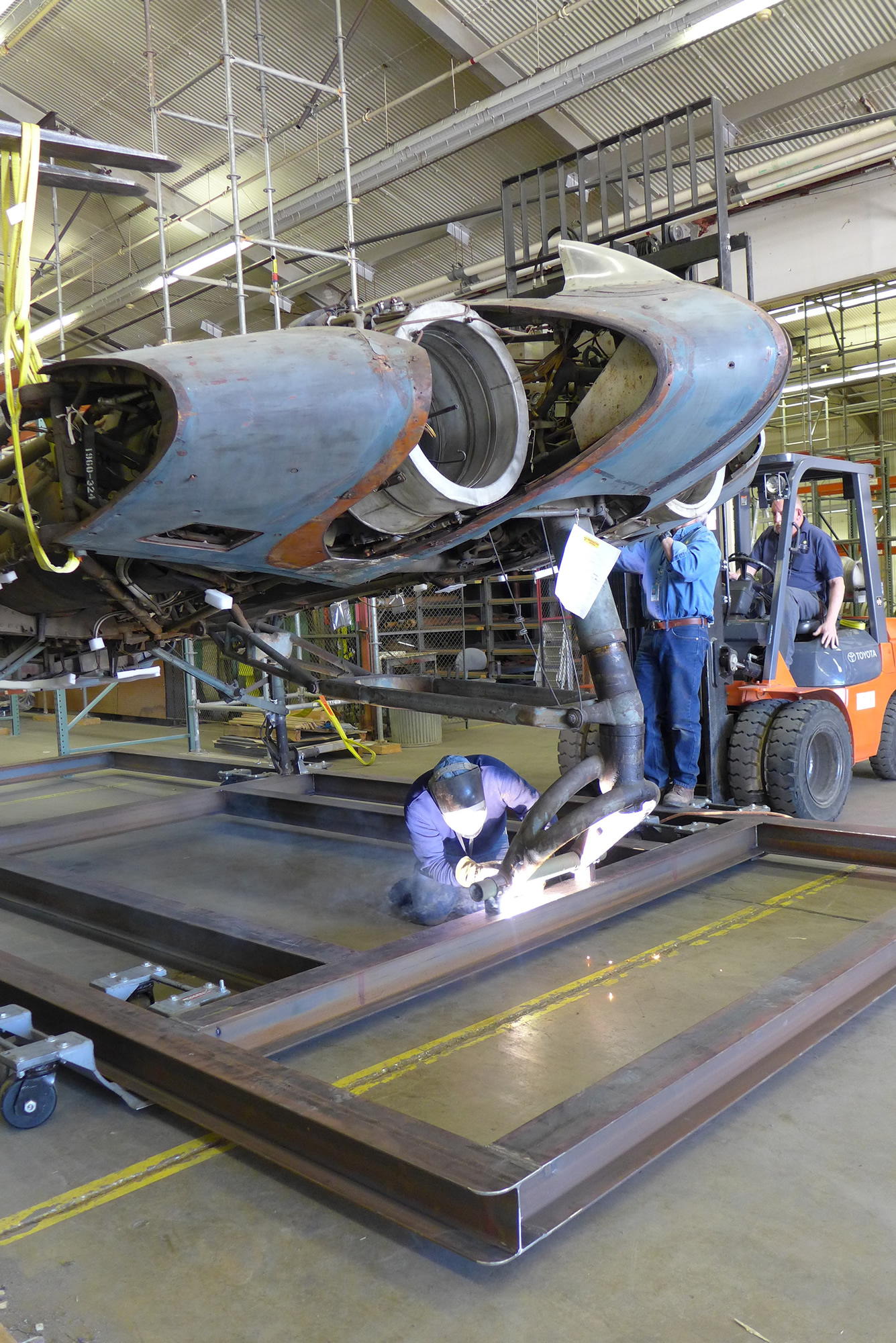



Wt Live Images By Aizek Shturm
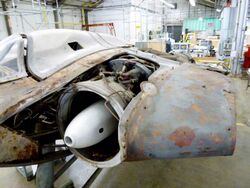



Horten Ho 229 War Thunder Wiki Fandom
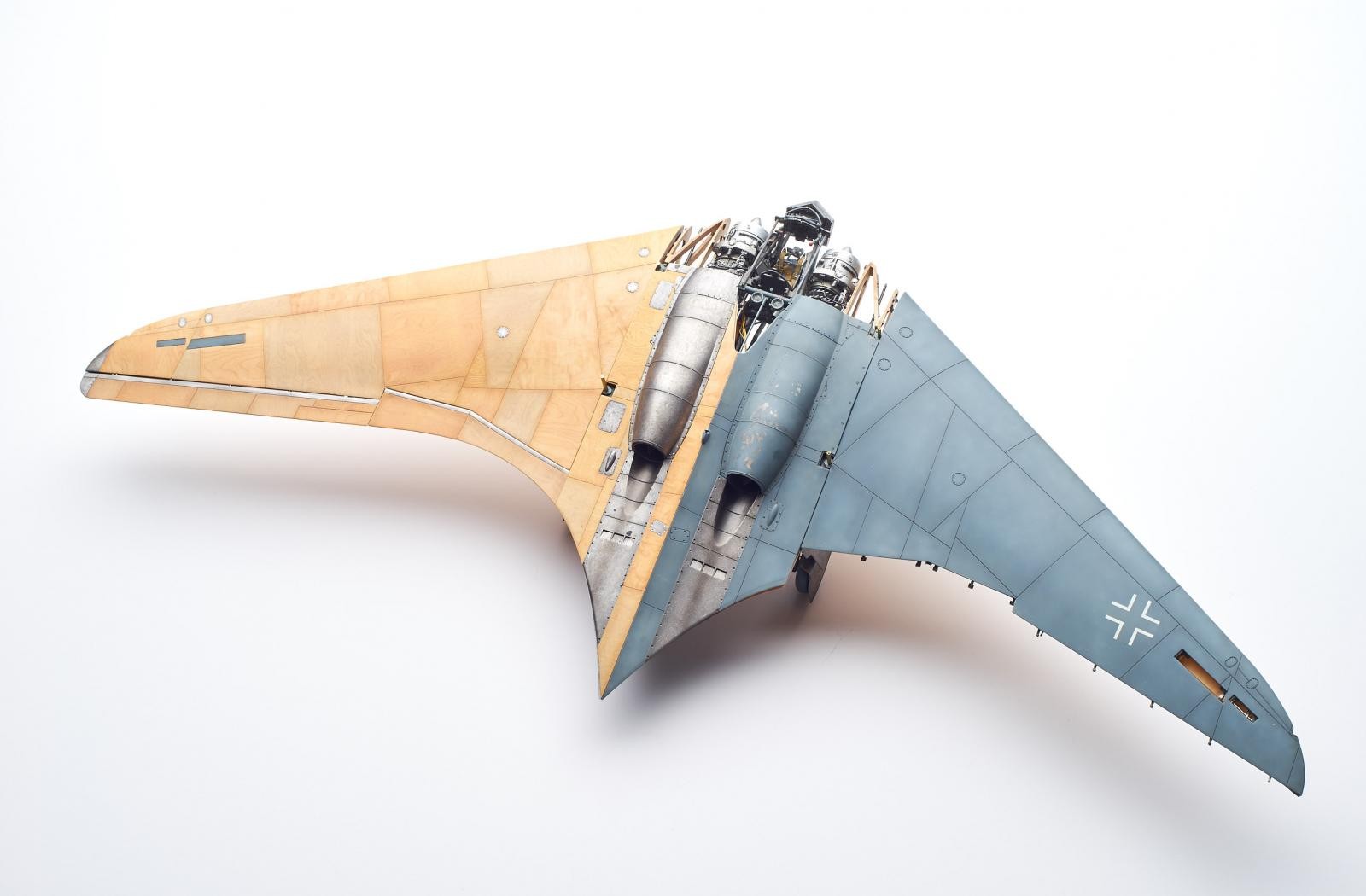



Wip The 1 32 Ho 229 Saga Continues Ho 229 Horten Zoukei Mura Imodeler
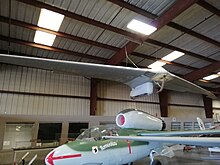



Horten Ho 229 Wikipedia




Horten Ho 229 Nasm 3 Horten Ho 229 V3 Airandspace Si E Flickr
/https://tf-cmsv2-smithsonianmag-media.s3.amazonaws.com/filer/1d/08/1d0843a9-5342-4da9-be70-17666c643a7a/mar2020_b01_prologue.jpg)



Why The Experimental Nazi Aircraft Known As The Horten Never Took Off At The Smithsonian Smithsonian Magazine



Newly Unveiled Horten Ho 229 Flying Wing Freshly Out Of Restoration Body Is To The Right And Wing Pallets Are To The Left Wear And Tear Has Prevented The Wings From Being



Who Designed The Horten Ho 229 Quora
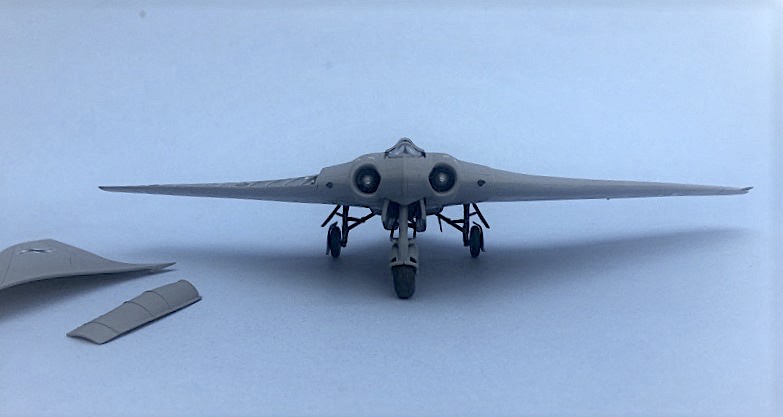



Horten Ho 229 Set Part 2 Ipms Usa Reviews




Horten Ho 229 A 1 Pm Model Pm 210 199x




Truth Is Stranger Than Fiction With Horten S All Wing Aircraft Design



Horten 229 Ho 229 Horten229 Org




Nazi Stealth Fighter Prototype Horten 229 V3 Housed At The Smithsonian National Air And Space Museum In Suitland Maryland 875 X 653 R Military



The Horten 229 V3 Flying Wing Amazing Image Collection




Development Horten H Ix Ho 229 War Thunder




Steven F Udvar Hazy Center 18 God Istrebitel Bombardirovshik Horten Ho 229 On Zhe Go 229




Low Poly Wwii Aircraft Horten Ho 229 3d Model 16 Max Obj Unknown Fbx Free3d



Pilot S Post Flying Wings The Horten Ho 229




Lightweight Rc Horten Ix Ho 229 1 7 Jurgen Schonle Indoor Flight Intermodellbau Dortmund 16 Youtube




The Only Surviving Horten Ho 229 Hitler S Stealth Fighter Horten Ho 229 Horten Military Aircraft




Tail Of Horten Ho 229 V3 Flying Wing During World War Ii Flickr




Fishstick Monkey Horten H Ix Ho 229 Gotha Go 229 Smithsonian



1
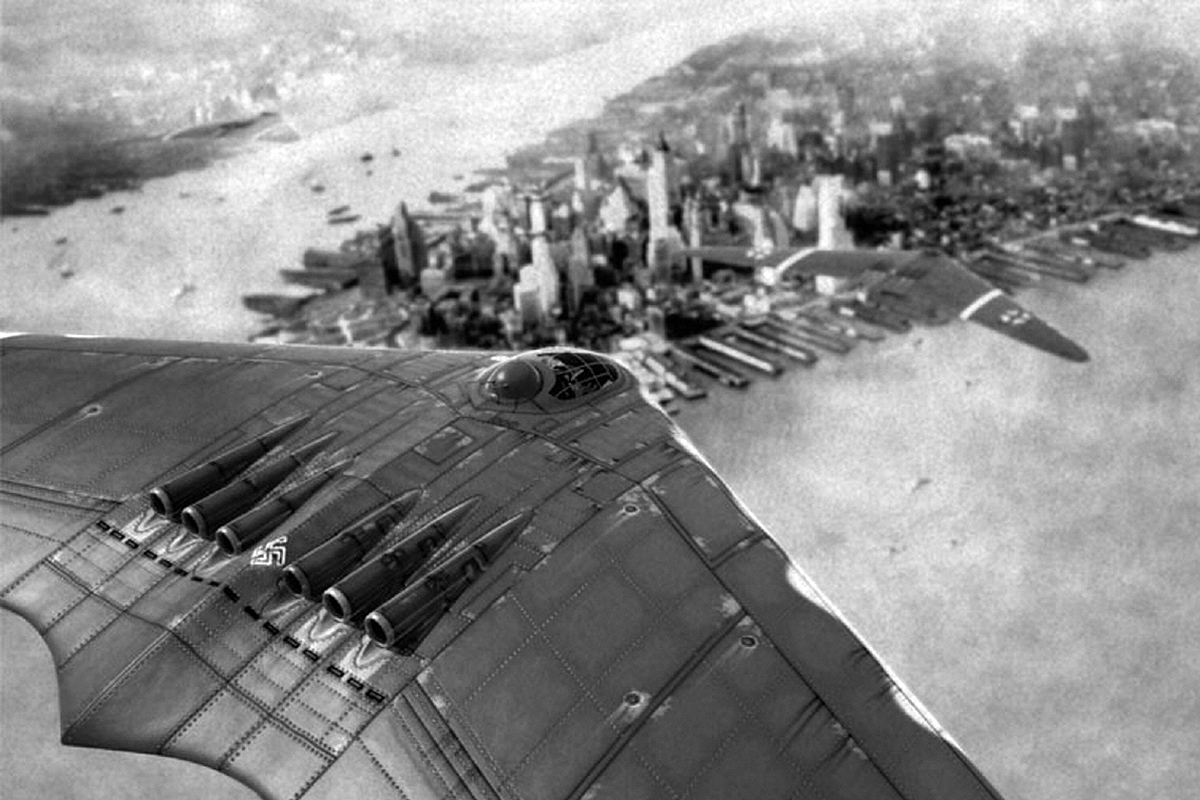



German Horten Ho 229 Aircraft Never Was




Ipms Nederland Walk Around Horten Ho 229




Ho 229 Warbirds News




Horten229 Org Home Facebook




Horten H Ix V3 Horten 229 Horten Ho 229 Horten Aircraft




Steven F Udvar Hazy Center 18 God Istrebitel Bombardirovshik Horten Ho 229 On Zhe Go 229




Horten Ho 229 Aircraft Wiki Fandom




The Horten Ho 229 Is Not An Early Stealth Plane Hubpages




Horten Ho 229 Wikipedia




The Sole Surviving Horten Ho 299 Flying Wing On Display At The Smithsonian S Air Space Museum Udvar Hazy Center This Horten Stealth Aircraft Wwii Airplane




Horten Ho 229 V3 Bat Wing Ship January 15 Update National Air And Space Museum



Horten Ho 229 V3 National Air And Space Museum




Horten 229 Ho 229 Horten229 Org Horten229 Org




1 72 Horten Gotha Go 229 Flying Wing Prototype Fighter Bomber Luftwaffe 1945 Smithsonian National Air And Space Museum




Here S Why The Horten Ho 229 Ww Ii German Low Drag Bomber May Have Been The First Stealth Aircraft Although It Never Entered Service The Aviation Geek Club



Horten Ho 229 Wiki War Thunder Amino




تويتر The Shadow Of The Eagle على تويتر Horten Ho 229 At Smithsonian Va Aviation Germany Avgeek Tech Ancientsubhunt Military Airplane T Co Hrdnxa2rjr




What If Radical Nazi Jet Flying Wing Of World War Ii



Me 163



The Horten 229 V3 Flying Wing Amazing Image Collection




Apparently The Ho 229 V3 Could Carry Bombs Germany War Thunder Official Forum




The Horten Center Section At Nasm S Garber Facility Courtesy Of Ben Download Scientific Diagram



How Would The Horten 229 Have Flown Without Yaw Control Quora
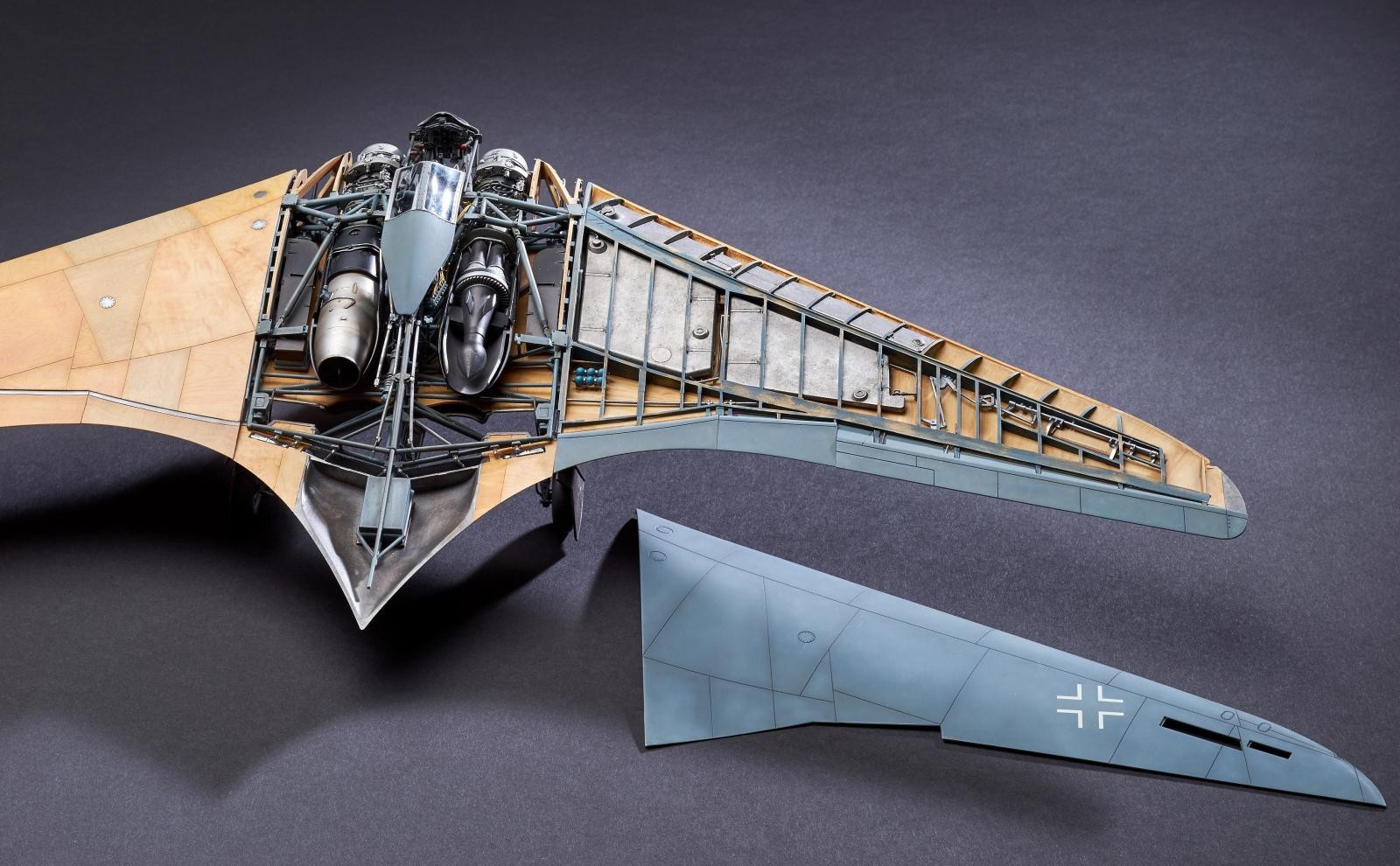



Ho 229 At The Air And Space Museum 1 32 Ho 229 Horten Imodeler




Fuselage Of Horten Ho 229 V3 Flying Wing During World War Flickr




Home Of Horten 229 Project




Horten Ho 229 V3 Flying Wing During World War Ii The Brot Flickr
コメント
コメントを投稿